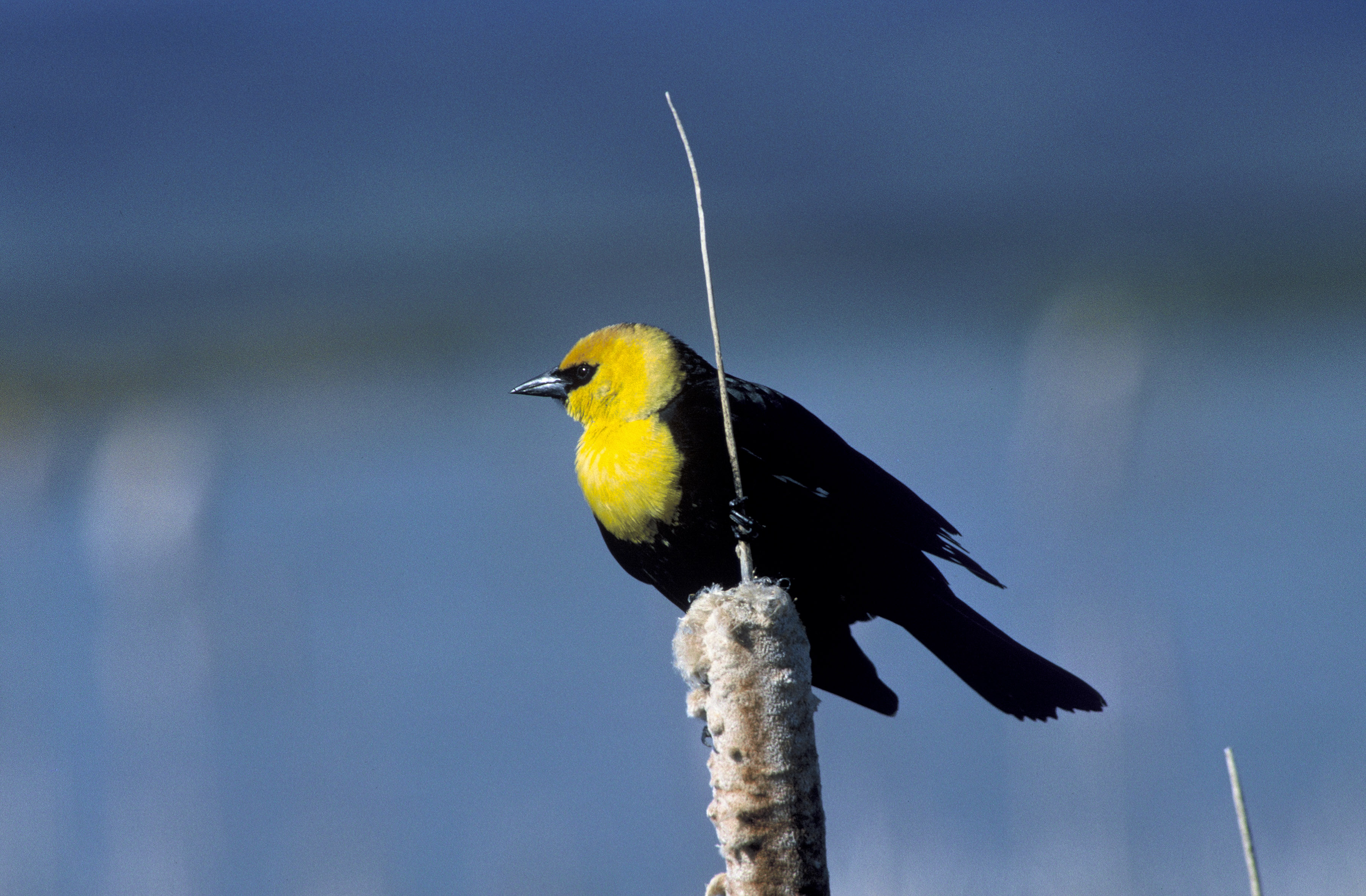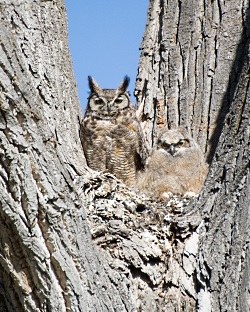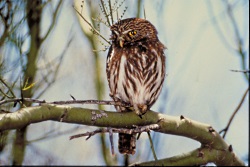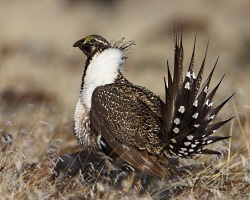
Courtesy US FWS and
Photographer: Dave Menke
An ancient Latin proverb declares that: “Nature abhors a vacuum”. Every naturalist comes to learn that Nature also loves an exception. Sandpipers are a good example. Coastal beaches bring sandpipers to mind, their flocks either loafing about the upper beach or manically advancing and retreating just ahead of the surf line. Every beachcomber can picture the scene.
Imagine, then, hearing this solitary call during your hike past some montane stream, lake or beaver pond.
[Spotted Sandpiper recording, hosted by Western Soundscape Archive, J Willard Marriott Library, University of Utah Copyright 2007 Kevin Colver https://wildstore.wildsanctuary.com/collections/special-collections]
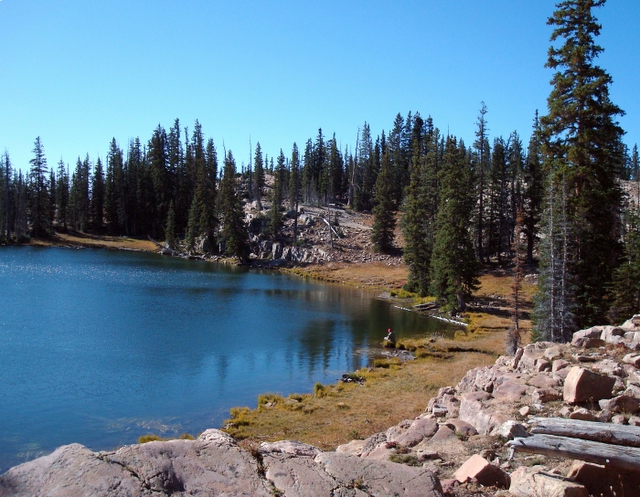
Courtesy & Copyright 2010 Linda Kervin
That sure sounds like a sandpiper, but isn’t the context all wrong? Here you can trust your ears and not your experience. When the bird flushes and flies away on stiff shallow wing beats, you’ll see that the calling bird was indeed a Spotted Sandpiper, easily recognized by the dark spots that speckle its pale breast. This bird is sometimes called a “teeter peep” too, because it bobs its tail incessantly. Its an odd bird, for it is the male Spotted Sandpiper who tends nest and chicks, while the female busily courts other males. That’s polyandry and among birds, its very rare.
Unlike its more coastal kin, the Spotted Sandpiper is right at home in Utah’s high alpine habitats, just so long as it has shallow water and meadows in which to search for its invertebrate meals. Maybe the Spotted Sandpiper is not so exceptional after all, for the upthrust limestones, shales and other sedimentary rocks that compose many of our mountains were deposited under ancient seas that once inundated Utah. Perhaps the Spotted Sandpiper is just exceptional for its late arrival at that prehistoric beach party.
This is Linda Kervin for Bridgerland Audubon Society.
Credits:
Audio: Spotted Sandpiper audio courtesy and Copyright Kevin Colver https://wildstore.wildsanctuary.com/collections/special-collections
Photos: Courtesy US FWS, Photographer Dave Menke
and habitat photo Courtesy & Copyright 2010 Linda Kervin
Text: Jim Cane, Bridgerland Audubon Society
Additional Reading:
Spotted Sandpiper on Utahbirds.org, https://www.utahbirds.org/birdsofutah/ProfilesS-Z/SpottedSandpiper.htm


